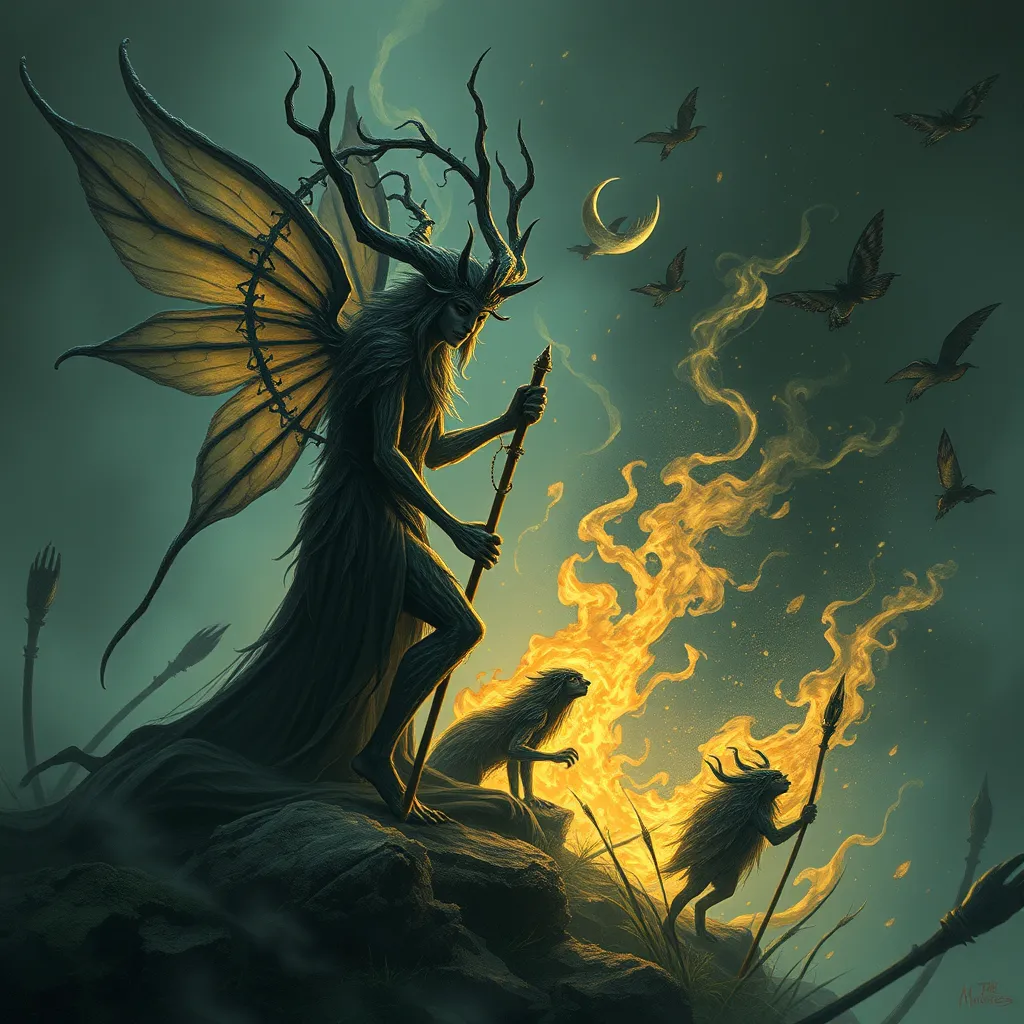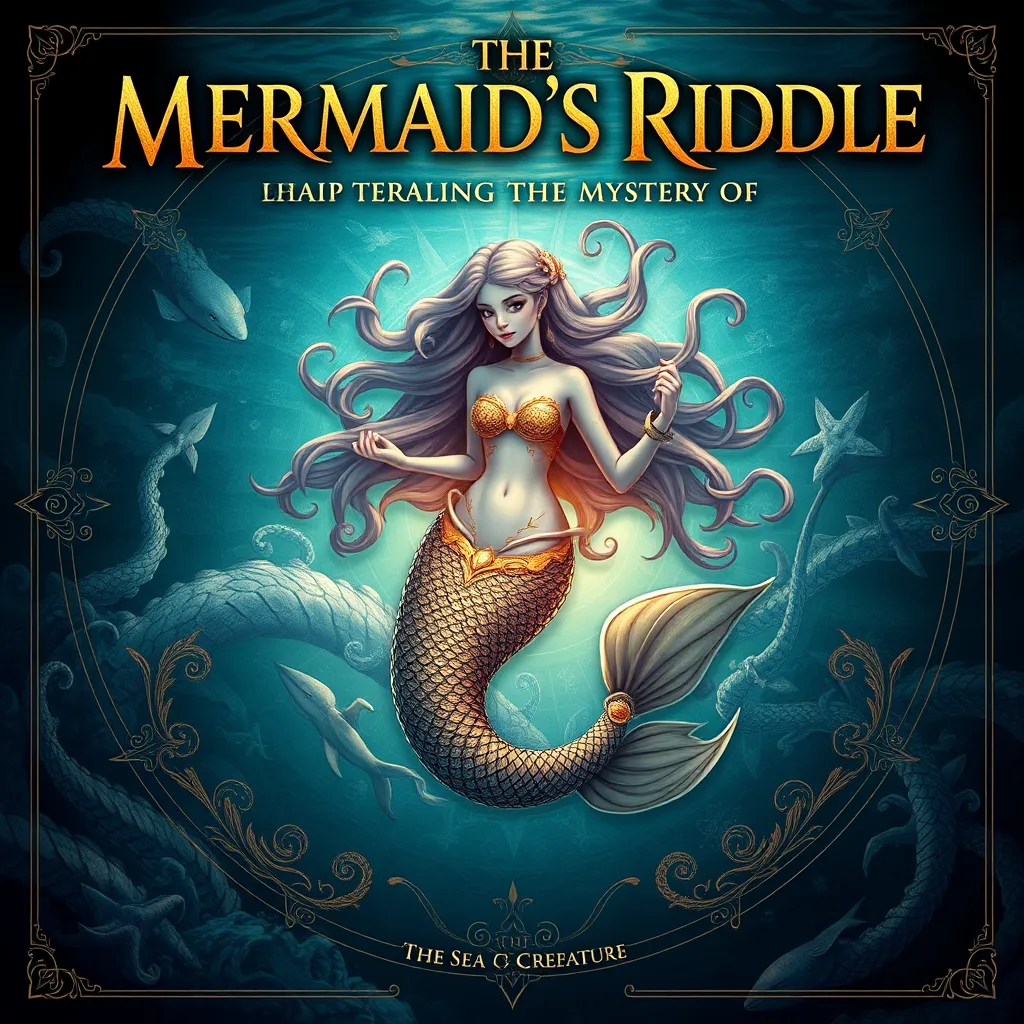The Maya’s Primal Sea: Exploring the Mythological Origins of the World
I. Introduction
The Maya civilization, known for its remarkable achievements in architecture, mathematics, and astronomy, remains one of the most fascinating ancient cultures. Spanning across present-day Mexico, Guatemala, Belize, and Honduras, the Maya developed a rich tapestry of cultural practices and beliefs that significantly influenced their worldview.
Central to understanding the Maya is their mythology, which provides insight into their perceptions of existence, nature, and the cosmos. Myths served as foundational stories that explained the origins of the world and the forces that shaped their lives. This article aims to explore the mythological origins related to the Primal Sea, a core element in Maya cosmology that symbolizes the beginning of all things.
II. The Concept of the Primal Sea in Maya Mythology
The Primal Sea, known as “Tz’unun,” is a crucial concept in Maya mythology, representing the primordial waters from which all creation emerged. This vast, formless sea is often depicted as a dark, chaotic expanse, embodying both the potential for life and the uncertainty of existence.
In comparing the Primal Sea to other mythological water origins, we can observe similarities with creation myths from various cultures. For instance:
- In the Biblical Genesis, creation begins with a formless void over which the Spirit of God moves upon the waters.
- The Enuma Elish, an ancient Mesopotamian creation myth, describes the primordial waters of Apsu and Tiamat giving rise to the gods and the universe.
In Maya cosmology, the Primal Sea plays a fundamental role in the creation narrative, serving as the source of life and the stage for the emergence of the first beings.
III. Creation Myths and the Role of Water
The Popol Vuh, the most significant Maya creation text, provides a detailed account of the creation of the world and humanity. Within its pages, water is a recurring theme, symbolizing life, fertility, and creation. The narrative reveals how the gods used the Primal Sea to shape the land and bring forth life.
Water is not just a physical element; it is imbued with profound symbolism, representing:
- Life: Water is essential for survival, and in Maya mythology, it is depicted as a nurturing force.
- Renewal: The cyclical nature of water, through rain and rivers, reflects the cycles of life and death.
- Spirituality: Water is often considered a bridge between the physical and spiritual realms.
The relationship between the Primal Sea and the emergence of the first beings is illustrated in the Popol Vuh, where the gods create humanity after several attempts, showcasing the significance of water as a life-giving force.
IV. Deities Associated with the Primal Sea
In Maya mythology, several deities are linked to water and creation, each embodying various aspects of the Primal Sea:
- Kukulkan: Often associated with the feathered serpent, Kukulkan represents rain and fertility, linking him directly to the life-giving properties of water.
- Tlaloc: Although primarily a deity of the Aztecs, Tlaloc shares similarities with Maya water gods and represents the life-giving rains that nourish the earth.
Rituals and offerings related to these deities were integral to Maya society, reflecting their reverence for the forces of nature that sustained them. Ceremonies often included:
- Offerings of food and incense to appease water deities.
- Rituals during the rainy season to ensure successful harvests.
V. The Influence of the Primal Sea on Maya Society
The mythology surrounding the Primal Sea had significant implications for Maya society, influencing various aspects of their daily life, including agriculture, art, and social structures.
In terms of agriculture, the Maya developed sophisticated water management systems, understanding the importance of water for crop cultivation. Their farming practices were often intertwined with their religious beliefs, demonstrating a deep respect for the natural world.
Artistically, the Primal Sea inspired numerous representations in Maya art and architecture, with water motifs appearing in pottery, murals, and sculptures. Water-related symbols were often used to convey themes of life, fertility, and creation.
Moreover, the concept of the Primal Sea influenced social and political structures, as leaders and shamans often positioned themselves as mediators between the divine and the earthly realms. Their authority was frequently justified through their connection to the water deities, reinforcing their societal roles.
VI. Comparative Mythology: The Primal Sea in Other Cultures
The theme of primordial waters appears in various other cultures, illustrating a universal concept of creation stemming from chaos. In Mesoamerica, cultures such as the Olmec and the Aztecs also recognized the significance of water in their cosmologies.
Furthermore, comparisons can be drawn with ancient Near Eastern creation myths. For instance, the Enuma Elish describes the conflict between freshwater and saltwater gods, leading to the creation of the world. This highlights a shared belief in the transformative power of water across different cultures.
Globally, the motif of primordial waters is prevalent in many mythologies, suggesting a common human experience in grappling with the mysteries of creation and existence.
VII. Archaeological Evidence and Interpretations
Archaeological discoveries related to water symbolism have shed light on the significance of the Primal Sea in Maya culture. Excavations at various sites have revealed artifacts such as:
- Water vessels used in rituals.
- Symbolic representations of water in murals and carvings.
- Structures designed for water management, like cenotes and reservoirs.
The interpretation of these artifacts helps us understand the role of water in Maya mythology and daily life. They provide tangible evidence of the deep connection the Maya had with their environment and the reverence they held for the forces of nature.
VIII. Conclusion
In summary, the concept of the Primal Sea is a fundamental aspect of Maya mythology that reveals the civilization’s intricate understanding of creation, life, and the cosmos. The exploration of the Primal Sea illustrates how mythology shaped various facets of Maya society, from agriculture to art and governance.
The lasting legacy of the Primal Sea continues to resonate in modern interpretations of Maya culture, encouraging further exploration of their rich mythological narratives. By delving into the depths of Maya mythology, we gain valuable insights into the beliefs and values of this extraordinary civilization, reminding us of the universal themes that connect us all.



